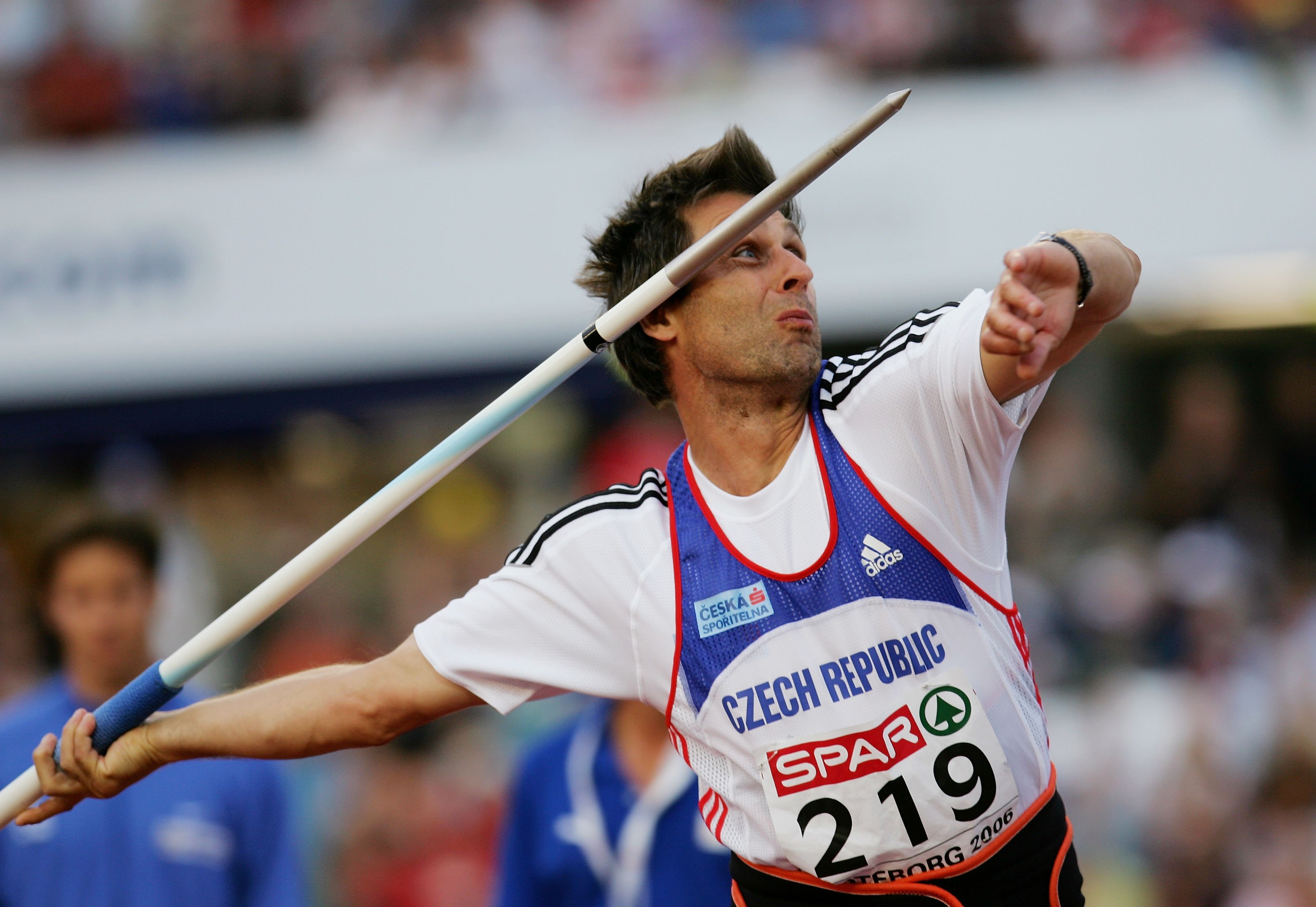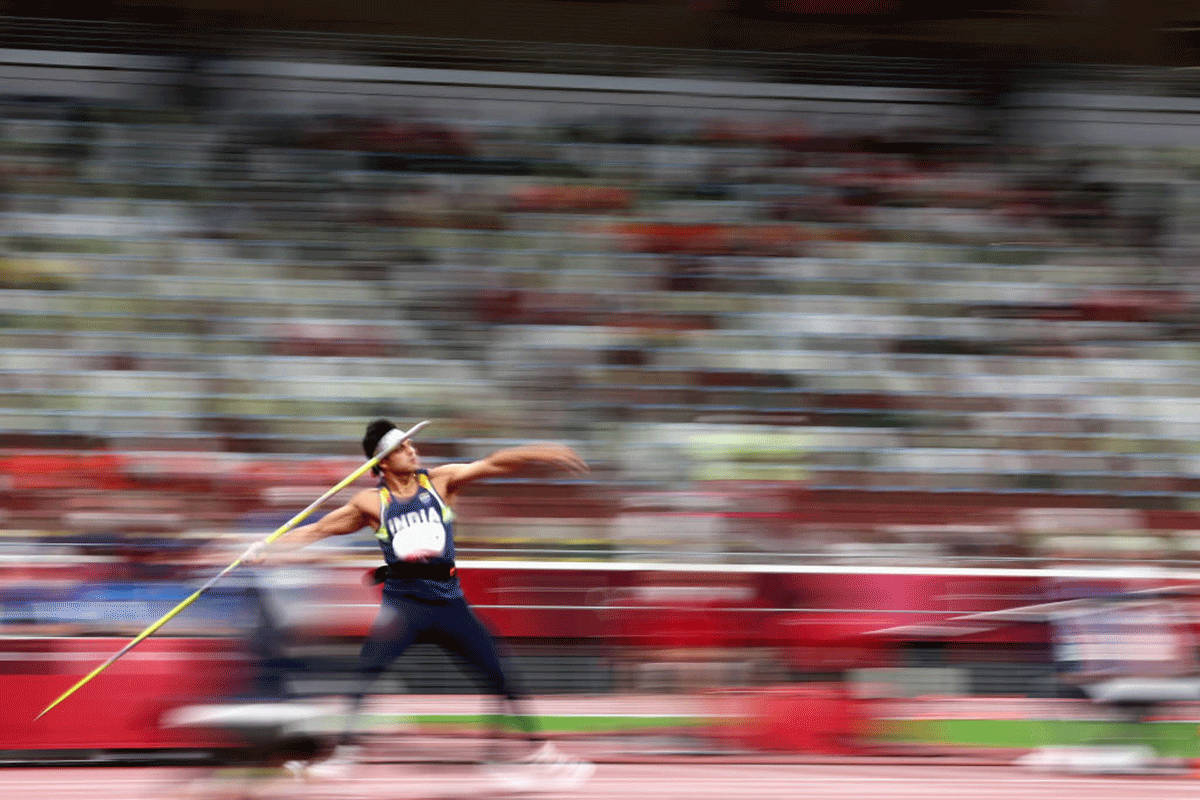History and Evolution of Men’s Javelin Throw

The men’s javelin throw, a captivating display of strength, precision, and athleticism, boasts a rich history spanning centuries. Its roots lie deep in the annals of human history, with early forms of javelin throwing serving as both a hunting tool and a symbol of prowess.
Origins and Early Forms of Javelin Throwing
The origins of javelin throwing can be traced back to prehistoric times, where humans relied on spears for hunting and warfare. Early civilizations, such as the Egyptians, Greeks, and Romans, incorporated javelin throwing into their sporting traditions. These early forms often involved throwing a spear at a target, emphasizing accuracy and skill.
Evolution of the Javelin and its Rules
Over the centuries, the javelin itself underwent significant transformations, evolving from a simple hunting tool to a specialized athletic implement. The introduction of standardized javelins and rules in the late 19th and early 20th centuries marked a pivotal moment in the sport’s development. The modern javelin, with its aerodynamic design and specific weight and length requirements, was designed to optimize distance and flight characteristics.
- Early 20th Century: The early 20th century witnessed the emergence of formalized javelin throwing competitions, with standardized rules and regulations being established. The International Amateur Athletic Federation (IAAF) played a crucial role in shaping the sport’s structure and guidelines.
- 1920s and 1930s: The development of the modern javelin, featuring a pointed tip and a center of gravity shifted toward the rear, significantly enhanced throwing distances. This period also saw the introduction of the “fouling rule,” which penalized athletes for stepping over the foul line during the throw.
- 1980s: The 1980s marked a significant turning point in the sport’s evolution with the implementation of a new javelin design. This new design, with a lower center of gravity and a more aerodynamic profile, resulted in significantly longer throws and a need for new rules to address the increased distances. The new javelin, introduced in 1986, is the one still used today.
Men’s Javelin Throw as an Olympic Event
The men’s javelin throw was officially included in the Olympic Games in 1906, at the Intercalated Games in Athens, Greece. Its inclusion in the program solidified its status as a premier track and field event. The sport has continued to be a mainstay of the Olympic Games, captivating audiences with its dramatic displays of power and precision.
Notable Athletes and their Contributions to the Sport’s History
The history of the men’s javelin throw is enriched by the contributions of legendary athletes who have pushed the boundaries of the sport. These athletes have not only achieved remarkable throwing distances but have also inspired generations of javelin throwers.
- Finns: Finnish athletes have dominated the men’s javelin throw throughout its history, with legendary figures like Matti Järvinen, who set a world record of 81.92 meters in 1938, and Aki Parviainen, who won Olympic gold in 1980, leaving an indelible mark on the sport.
- Other Notable Athletes: Other notable athletes, including Jan Železný of the Czech Republic, who holds the current world record of 98.48 meters set in 1996, and Andreas Thorkildsen of Norway, who won back-to-back Olympic gold medals in 2004 and 2008, have continued to elevate the sport to new heights.
Equipment and Regulations of Men’s Javelin Throw

The men’s javelin throw is a captivating event that requires a unique combination of strength, technique, and precision. The javelin itself is a specialized piece of equipment designed for optimal performance, while a set of regulations ensure fairness and safety during competition. This section delves into the specifications, materials, and rules that govern this thrilling athletic discipline.
Javelin Specifications and Materials
The javelin is a slender, spear-like projectile designed for throwing. Its construction involves a careful selection of materials and adherence to specific dimensions.
- Material: Traditionally, javelins were made from wood, but modern javelins are typically crafted from aluminum or fiberglass. Aluminum javelins are known for their durability and affordability, while fiberglass javelins offer a lighter weight and improved aerodynamics. The shaft is usually constructed from these materials, while the tip is typically made from steel or tungsten to enhance penetration and reduce damage to the ground.
- Length: The length of a men’s javelin is standardized at 2.60 meters (8 feet 6 inches). This regulation ensures consistency and fair competition among athletes.
- Weight: The minimum weight of a men’s javelin is 800 grams (28.2 ounces). This weight is designed to provide a balance between throwing distance and control.
- Grip: The javelin features a grip area located approximately 1.10 meters (3 feet 7 inches) from the tip. The grip area is designed to provide a comfortable and secure hold for the athlete during the throw.
- Center of Gravity: The center of gravity of a javelin is located closer to the tip than the grip. This design allows for a more stable flight path and a longer throwing distance.
Regulations Regarding Javelin Design
To ensure fair play and safety, the International Association of Athletics Federations (IAAF) has established specific regulations regarding the design of javelins.
- Weight: The minimum weight of a men’s javelin must be 800 grams. This regulation ensures a consistent throwing experience and prevents athletes from using excessively light javelins to achieve unfair advantages.
- Length: The maximum length of a men’s javelin is 2.60 meters. This regulation ensures that the javelin is not too long, which could lead to excessive air resistance and hinder throwing distance.
- Grip Area: The grip area of the javelin must be located between 1.06 meters and 1.10 meters from the tip. This regulation ensures a consistent grip point for all athletes and promotes fair competition.
- Center of Gravity: The center of gravity of the javelin must be located within a specific range to ensure stability and consistent flight patterns. This regulation is crucial for promoting fair competition and preventing javelins from veering off course in an unpredictable manner.
Rules and Scoring System for Men’s Javelin Throw Competitions
Men’s javelin throw competitions are governed by a set of rules that ensure fair play and determine the winner.
- Throwing Technique: Athletes are allowed to use a variety of throwing techniques, but the javelin must be released from behind the throwing line. This regulation prevents athletes from gaining an unfair advantage by stepping over the line.
- Fouls: A foul occurs if the athlete steps over the throwing line, throws the javelin outside the designated sector, or throws the javelin in an unsafe manner. Fouls result in the throw being invalidated.
- Scoring: The distance of each valid throw is measured from the tip of the javelin to the point where it first touches the ground. The athlete with the longest throw wins the competition. Ties are broken by the next best throw.
Safety Measures and Equipment
Safety is paramount in javelin throw competitions, and several measures are implemented to minimize the risk of injury.
- Designated Throwing Area: Javelin throw competitions are held in a designated area with a marked sector and a safety zone behind the throwing line. This area is designed to protect spectators and officials from the javelin’s flight path.
- Safety Zones: Safety zones are established behind the throwing line and around the perimeter of the throwing sector to provide a buffer area where athletes can safely land after throwing. These zones are often covered with soft material to absorb the impact of the javelin.
- Protective Gear: While not mandatory, athletes may choose to wear protective gear, such as helmets, gloves, or shin guards, to reduce the risk of injury during the throw or in the event of a mishap.
- Trained Officials: Javelin throw competitions are overseen by trained officials who are responsible for ensuring the safety of athletes and spectators. These officials monitor the throwing area, enforce the rules, and respond to any emergencies that may arise.
Men’s javelin throw is a sport that requires both strength and technique, just like a good conversation about relationships. Speaking of relationships, did you know that Hunter Schafer’s dating life has been a subject of much speculation? hunter schafer boyfriend is a topic that has sparked curiosity among fans, much like the trajectory of a javelin in the air.
Back to the sport, the javelin throw is a thrilling event to watch, with athletes striving for maximum distance and accuracy.
Melempar lembing tu memang butuh tenaga, katek main-main. Tapi, kalu nak tau, ada jua yang main curang dalam olahraga. Kayak yang terjadi sama Dominic Fike, dominic fike cheating , yang dituduh ngelakuin kecurangan dalam ujian. Ya, walaupun jauh dari olahraga melempar lembing, tapi tetap aja ngasih pelajaran bahwa kejujuran itu penting, baik dalam olahraga maupun dalam kehidupan sehari-hari.
